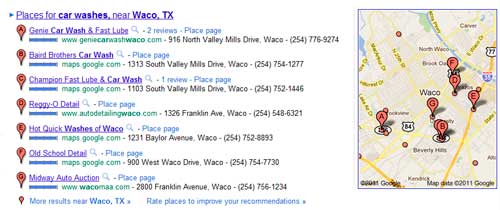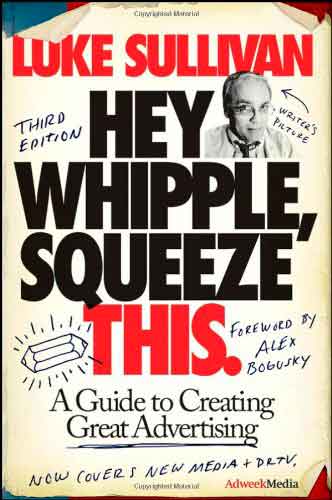Topic: Rising to the Top of Local Search Results
Podcast Episode #82 of the internet show about small business marketing
What is the secret to rise to the top of local search rankings? Only Google really knows, but luckily, there are some local search experts that keep track of the top ingredients to local search success. Each year, David Mihm releases his survey of those ingredients, which you can find here: Top Local Search Ranking Factors. It’s a golden list that can help you improve your local search ranking. But it’s not an exact science, it’s a survey.
To help us decipher the results we’ve tapped a member of the panel who helped determine those rankings. In this episode of Power to the Small Business, Mike Ramsey of Nifty Marketing joins host Jay Ehret to discuss the rankings and both their correlation and causation on local search.
Guest: Mike Ramsey – Nifty Marketing
Host: Jay Ehret – Chief Educator at TheMarketingSpot.com
Length: 26 minutes
Podcast: Play in new window | Download
— SHOW NOTES AND LINKS —
The different types of search results:
Organic Search Results: The big list of results that includes everything on the internet.
Local Search Results: Search engine results that highlight local businesses.
To see the difference, do separate searches for these two terms:
“How to wash a car”
“Car Washes”
The Top Local Search Ranking Factors:
1. Physical address – In the city where the search is taking place.
2. Verifying your Google Places Pages – Claiming ownership of your listing on Google Places (as well as Bing/Yahoo)
- Note: Mike Ramsey does not believe that this is a major factor. His own study did not reveal a high correlation. He also still recommends that you claim your Places page so that you can own and control the information within the listing.
3. Proper category association – Choosing the proper category within your Places page listing.
4. Volume of Structured Citations – Any time Google finds an online reference to your business name, your business address, and your business phone number grouped together. Structured means on a website that codes and specializes in these listings, such as Yelp.
- Important for “location prominence, ” or the ability of Google to trust you are the business you claim to be.
- Mike Ramsey says that one of the fundamentals of local search is having consistent information across the IYP (Internet Yellow Pages) network.
- Mike recommends that you take your listing information exactly as it appears on your Google Places page and use it to submit in that exact format everywhere else.
5. Quality of inbound links to your website – Local search results are very tightly connected to your organic rankings and how your organic website ranks.
- Quality Inbound Link: The link to your website comes from an authoritative site
Mike Ramsey’s Study of Top Local Search Factors:
Online Reviews of your business – Mike found little correlation between local search ranking and the number of reviews. However, reviews are important for superior click-through rates.
Citations (see #4 above) – The high-ranking listing had many substantially more citations than low-ranking listings. Mike emphasizes that while he sees a high level of correlation with this factor, he is unsure of the level of causation. Mike’s opinion is that there is some level of causation, meaning having more citations causes you to have higher rankings.
*See a review of Mike’s findings at SMX Advanced: Actionable Local SEO Tactics
*See Mike’s slide deck of the findings: Hardcore Local Search Tactics
SHOW LINKS
Mike Ramsey’s Company: Nifty Marketing
Free Marketing Webinars and Ebooks: The Marketing Spot



